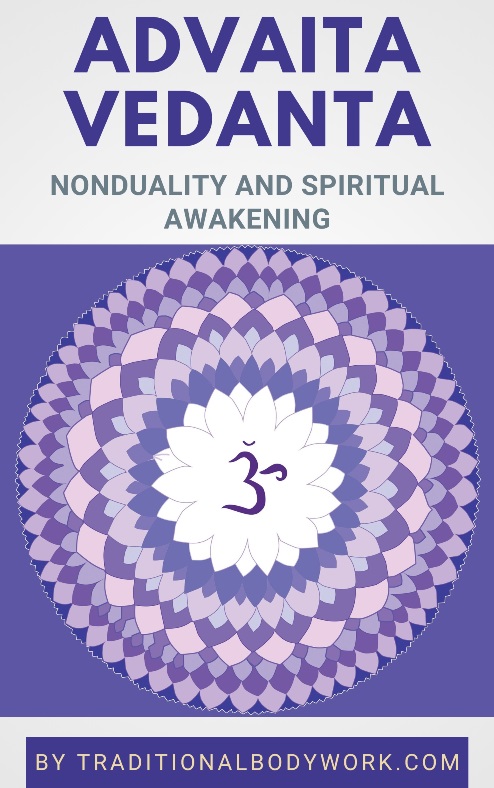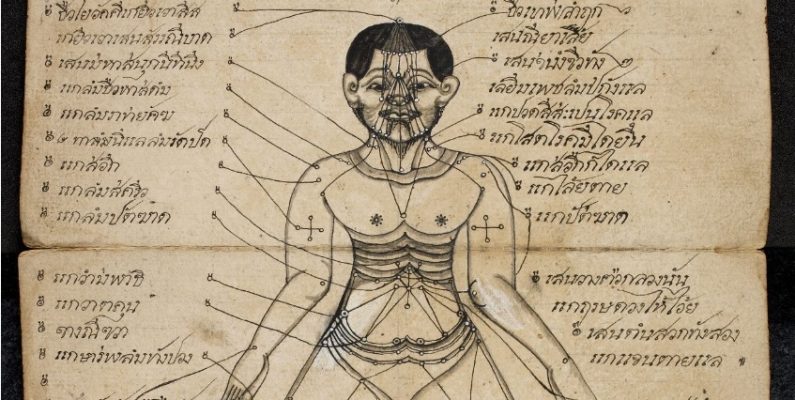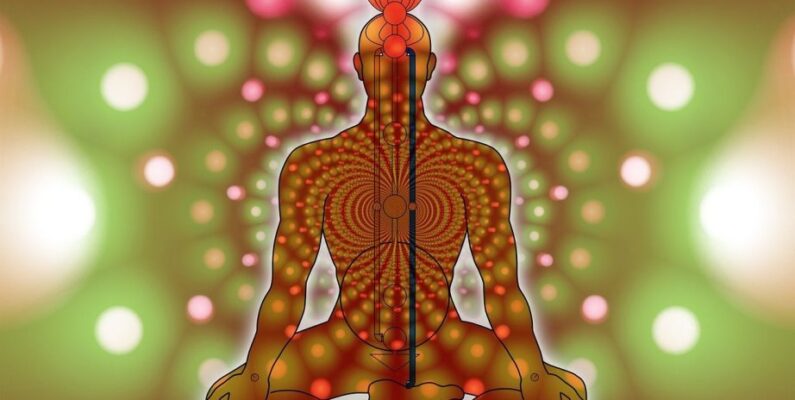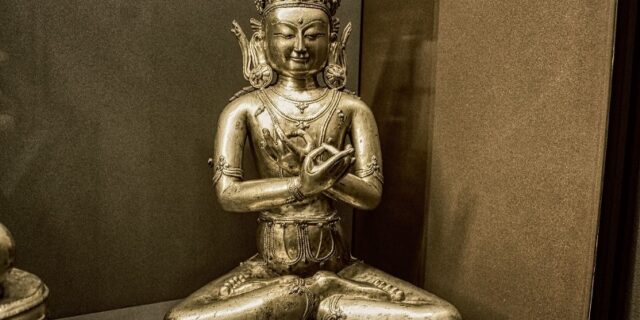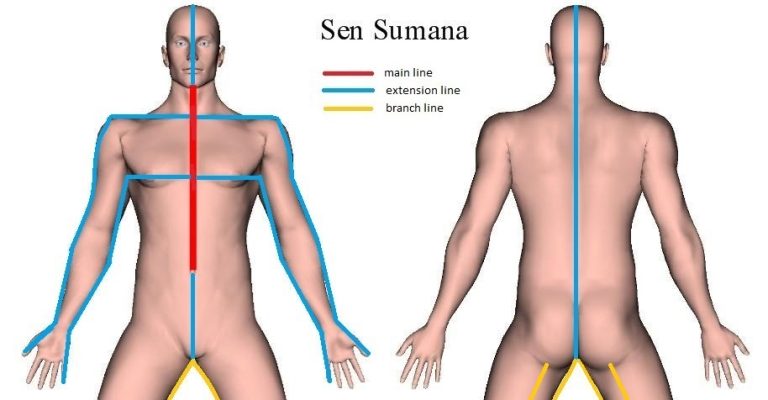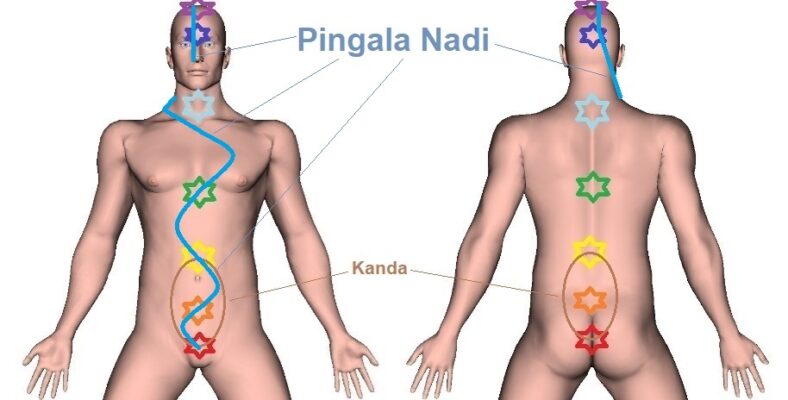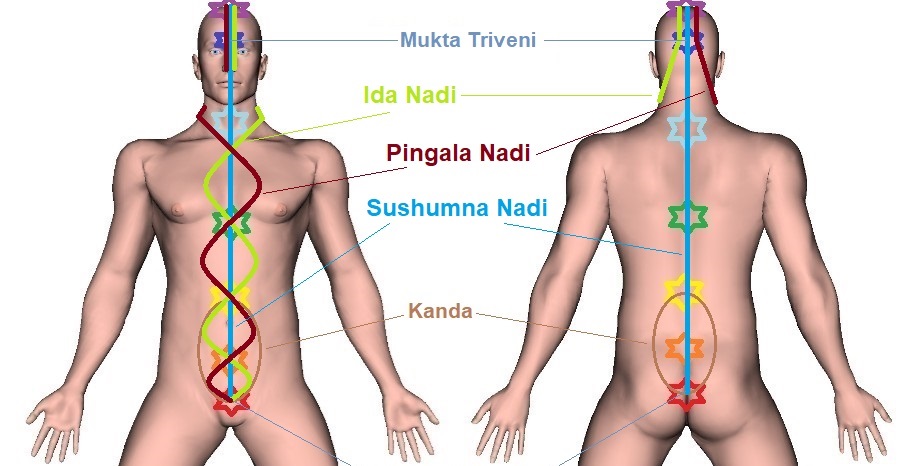
In Yoga, notably in Hatha, Tantra and Kundalini Yoga traditions, an important goal of practices and exercises is to open and activate Sushumna Nadi. Sushumna (also written Susumna) is considered the most significant Prana Energy Channel — an energy pathway is alternatively called Nadi — which when “activated” supposedly leads to complete physical, emotional, and mental health, and moreover — to spiritual awakening.

In books and on the Internet, you’ll find plenty of articles and instructions of how to activate Sushumna, which often include doing certain Pranayamas (Yogic breathwork) and techniques to awaken Kundalini Energy.
Nevertheless, we need to keep in mind that the classical Yoga texts make clear that it usually needs a long period of Yogic preparation to activate Sushumna Nadi, typically by engaging in some type of Sadhana. It’s not — as you would often read nowadays — just doing some Pranayamas for a week or so.
Additionally, most classical sources point out that Sushumna itself cannot be directly activated, while some texts even question if Sushumna Nadi actually exists as an independent channel. In general, it’s rather thought that Sushumna activation is the result of a perfect balance between Ida Nadi and Pingala Nadi, the two flanking Energy Channels, with which Sushumna is said to form an interrelated Trinity.
This balance then of Ida and Pingala, would “automatically” arouse Kundalini Energy, which then “climbs upwards” through Sushumna Nadi, passing and activating the main Chakras, and going further up until the top of the head, finally causing a non-ordinary state of consciousness associated with spiritual insight, bliss, divine union, self-realization, and the like. As such, you will often find Yogic instructions that aim at cleansing, opening, activating, and balancing Ida and Pingala Nadi.
As a visual example of how this might work, we could think of two electrical wires (Ida and Pingala), plus and minus, that connect with a light bulb (Sushumna as it were). The light bulb will only illuminate, that is, an electric current (i.e. Kundalini Energy) will only run (or flow) properly through the wires (one way to the bulb and through the thin metal filament in it, and one way back out of the light bulb) when there are no breaks or blockages in the wires. Hence, illumination is the result of the interaction between Ida, Pingala, and Kundalini, and the subsequent heating or activation of the thin metal filament in the bulb, which then produces light. For all practical purposes, we could see this metal filament in the bulb as Sushumna Nadi.

Now, “activating and balancing Ida and Pingala” means that these Nadis are being purified and opened, that Prana and breath can flow through them freely, fully, and in equal proportions — meaning that neither Ida or Pingala are dominant — which subsequently harmoniously activates and maintains all processes and functions of our body, mind, and spirit. Mind that some sources state that the extensions and branches of Ida and Pingala also need to become purified before the principal pair of Nadis can get activated.
Additionally, balance and full activation of Ida and Pingala means that they become thoroughly connected with Sushumna Nadi at the Mukta Triveni Point (near the Ajna Chakra), the Yukta Triveni Point (in the Kanda below the navel), and at the intersections with the principal Chakras, allowing for optimal Prana circulation and exchange.
To achieve the above, Yoga boasts many techniques to practically cleanse, open, activate, and balance Pingala and Ida Nadi. Think of meditating on the Chakras, Marma Points massage, exercises, Yama (abstinences), Niyama (guidelines and observances), performing Asanas, Bandhas and Mudras, Shatkarmas, Pranayama breathing, chanting mantras and prayers, to name some of many appropriate practices.


